 | 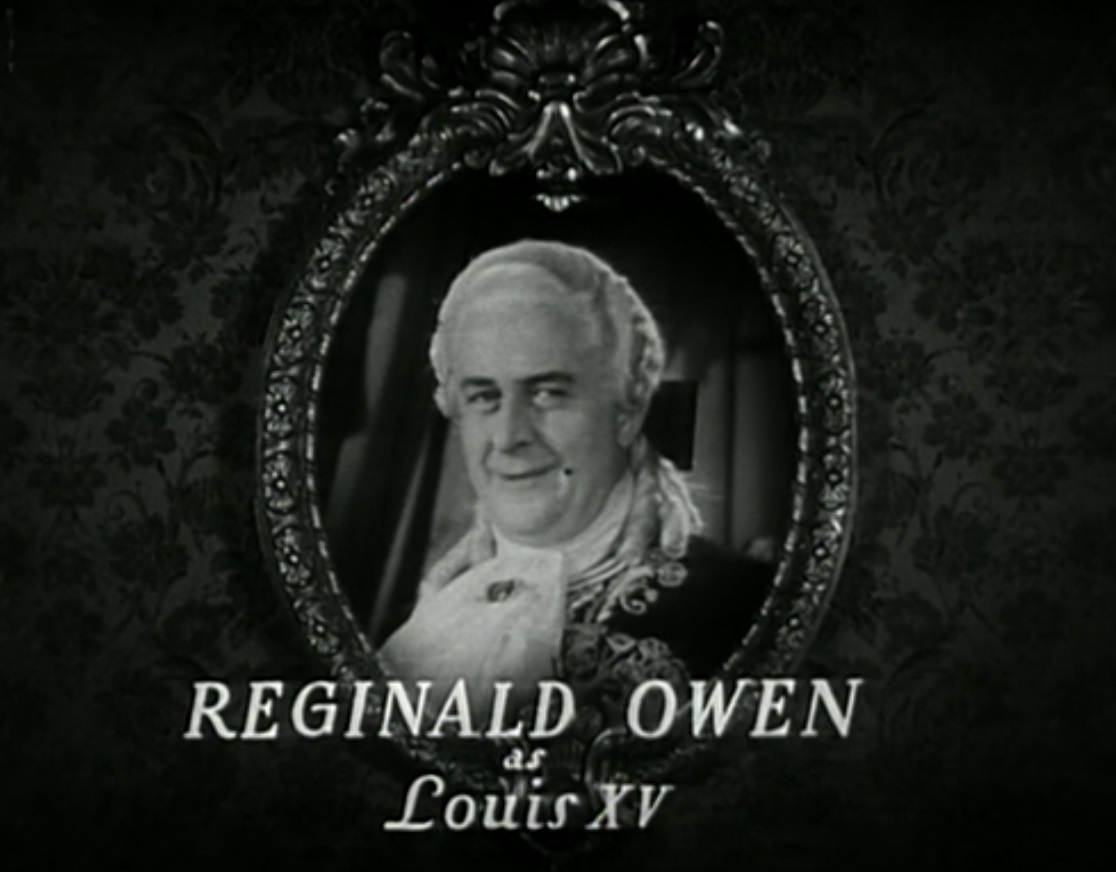 |  |
| Madame Du Barry Dolores del Rio | King Louis XV Reginald Owen | Armand d’Aiguillon Victor Jory |
Directed by: William Dieterle
Released by: Warner Bros.
Run time: 79 minutes
Proof That It’s (Almost) Pre-Code
“Madam, what are you trying to do to France?”
“Oh, just what it’s doing to me.”
- We’re introduced to Du Barry (del Rio) in bed, clearly having just slept with Count Richelieu (Osgood Perkins). All we see of her is a leg, but it’s enough.
- King Louis XV (Owens) keeps his own private school for ladies, which is clearly a bordello.
- In fact, we see a lot of feet being kissed or fondled. Huh.

- “[You were] once found in the Queen’s closet.”
“Sir, do you still believe–?”
“I know, you were waiting for a carriage.”
- The latter half of the film finds Louis the XV in a fit as he realizes his nerdy grandson the Dauphin (future King Louis XVI (Maynard Holmes)) doesn’t seem to understand how sex works. The King then orders him to be shown ‘etchings’ to look at for half an hour, which he holds up like centerfolds. No doubt what those are.
- The ending. Or, you know, all of it. We’ll get into it.
Madame Du Barry: She’s Not Here to Make Friends
“Are you blind? Can’t you see how she changes every day? Her dress, her manners, her talk, her face. From hour to hour. Now a lady, now an innocent child, now a siren, now a saint. Laughing, storming, petting, teasing. A duchess in the morning, a milkmaid at noon, and a strumpet at night. […] And I tell you that she wears the crown. You must destroy her.”
“How can they make a movie about Madame Du Barry,” I thought, “And release it in October of 1934?”
Madame Du Barry, consort of Louis the XV, was just the kind of hedonist that early-to-midcentury Hollywood loved. Rising from prostitute to a named member of French royalty, her name is a shorthand to audiences straight to the extravagances of pre-Revolution France. She’s a Marie Antoinette figure with out the noble background to turn people off. Any movie about Du Barry could be luscious, ribald and wild and still hide under the hat of respectability; after all, she got hers in the end.

Despite it’s release in October 1934, three months after studios began submitting to the censorious whims of the Production Code Administration, Madame Du Barry was clearly given enough latitude to depict its titular lead as a woman of ill repute quickly becoming a woman of means. The movie is filled with innuendos and winks, leaving little doubt as to what’s going on and why.
King Louis XV (Owens) is in a rut; all of the women who show interest in the aged king are interested only in power or prestige. It’s only when Richelieu offers him his recent lover, the [implied] prostitute Du Barry does the king perk up. Soon he’s begging her, fighting to put her shoes on, and otherwise acting like a slovenly idiot. He empties the French treasuries to give her her wish of a sleigh ride in the middle of summer. He also gifts her a little Black boy named Zamore (Jesse Scott) whom she keeps on to be governor of her estate, a playful move further aimed at aggravating her enemies.

With cunning and sex appeal, she makes short work of everyone in her way. When the Duc de Choiseul (Henry O’Neill) tries to prevent her from being presented at court by having her robbed of her clothing, she makes her appearance in court wearing a see-through negligee. When Louis XV demands to know what she’s wearing, she smiles slyly, “You wouldn’t recognize it. It’s my nightgown.”
As Louis XV’s health deteriorates and Marie Antoinette grows increasingly frustrated with Du Barry’s power. Things go south, as they must in pre-Revoutionary France, and Du Barry is marched off to exile with a grin on her face.

There’s a fascinating amorality at the center of Madame Du Barry. Du Barry herself is never apologetic. The only time she’s shown to have a shred of empathy is a moment where she’s confronted with her expensive tastes by d’Aiguillon and she hands him trinkets to sell and give to the poor. We know this is only a moment, as she soon goes back to gowns and diamonds. Odds are good that this brief flash of humanity was yet another manipulation on her end, getting on d’Aiguillon’s good side which pays off later on.
No, Du Barry isn’t your typical gold digger/hooker with a heart of gold that you find in so many pre-Code morality tales. Instead she’s a woman of sensuality– it’s not a coincidence she’s introduced to us in bed, nude, after a night of lovemaking. Almost completely vacuous, we’re invited to enjoy her unlimited power in way few other movies dare to explore without even the lightest of condemnation.

The film’s last act is where things unravel a bit as the film luxuriates on the marriage of the Dauphin to Marie Antoinette. Antoinette, played by Anita Louise, is an uptight, spoiled girl who is revolted by Du Barry’s brazenness. As Louis XV attempts to teach his grandson the importance and joy of sex, he finds himself frustrated by the oafish future king. And so he turns to his mistress.
But here is the moment of decision for del Rio’s Du Barry! In the film’s climax, we expect her to soften, or consider carefully her own future. Instead she sticks loyally to Louis XV and does indeed give the Dauphin an up close view of the birds and the bees. This condemns her, but speaks to her spirit; she is who she is.

While I’m sure this movie was played as a cautionary tale for audiences of the time, there are more than enough modern political parallels to make it feel not the least bit prescient. At the center is an aging monarch with no empathy for his subjects, no care for foreign affairs, and is simply wasting the time before his death in the most extravagant, carnal ways possible.
Though filled with gaudy, elaborate production design, costumes and jewelry, it’s at times hard to believe this was made by Warner Bros. and not the typically gaudy MGM. del Rio is an interesting choice to play Du Barry, both as gorgeous as the role requires and more than enthusiastic. Despite the weirdness of the character, del Rio sells it– you can see her as vapid or as intelligent you want, this fascinating mix of manipulator and hedonist.

It’s not hard to see a through line between this film and director William Dieterle’s other opulent, amoral pre-Code offering, Jewel Robbery. Both are stylish, and utterly without remorse. They find characters who inhabit universes of excess but are worth loving because of their dedication to their own desires. You may be a thief or a prostitute, but if you are the best darn thief or prostitute out there, then what’s not to love?
Madame Du Barry is a fun watch. Though it’s final third is a bit clumsy, it never does Du Barry a disservice, and offers plenty of wild moments for viewers to cherish. Like De Mille’s late-1934 released Cleopatra, this film is a dying gasp of a wild, exciting era of film history.
Image Gallery
Trivia & Links
- Released in October 1934. It had been more or less hacked to death by this point, after meeting stiff resistance from Breen back in March. From Mark A. Viera’s Sin in Soft Focus (and thank you, Mark, for emailing me!):
Breen read the script on March 13 and flatly refused it. He wrote Warner: “It is our considered judgment that the story, as written, is so filled with vulgarity, obscenity and blatant adultery, that it suggests the kind of picture which, if made, we would be compelled to reject. […]
Warner demanded a meeting, and Breen hastened to Burbank the next day. Breen found producer Hal Wallis “sneering and argumentative,” saying that if Breen had his way, Warners Bros. would have to go into the milk business. Breen bellowed at him: “If people like you would get out of the way and sell milk, maybe it would free the screen of a lot of its whorehouse crap, and decent people could sit down and enjoy themselves in a theater without blushing!” A revised script was approved on March 22, and the film went into production. […]
When Breen saw the completed film in early May, he angrily rejected it. A bewildered Warner pleaded with Breen to give him a list of cuts. The film lost its ceiling mirrors and a few other Code violations. In the meantime, the SRC became the PCA. Though Madame Du Barry was one of the first nine Warners films to receive a PCA certificate from Breen in July, the state board in New York called it “indecent, obscene, and immoral,” and rejected it. This was worse than a Legion condemnation, proof that Breen was indeed “not infallible.”
He worked with Warner Bros. on another round of cuts and resubmitted it. Not until early October did the New York, Massachusetts, Ohio, and Pennsylvania boards pass the harried Du Barry. The finished film retained more of its sex than it lost, but it now had a confusing plot and unsympathetic characters, not to mention a miscast Dolores Del Rio, Sol Polito’s clinically flat lighting, and such distasteful scenes as the pudgy, puerile dauphin (Maynard Holmes) being shown pornographic etchings to prepare him for his wedding night. Madame Du Barry did poorly.
- Condemned by the Catholic Legion of Decency.
- Unrelated to 1930’s Du Barry, Woman of Passion starring Norma Talmadge and released by United Artists.
- According to the AFI Notes, “Guards were posted on the set to watch over the collection of valuable antiques, silver, porcelain and objets d’art used on the set.”
- TCMDB’s article from Jeremy Arnold is a collection of reactions from various contemporaneous outlets, with the New York Times praising it and Variety mystified. He also puts it in context of the other Du Barry films that were made in Hollywood and singles out Reginald Owen’s performance for praise. Arnold himself notes, “Madame Du Barry has a lot going for it and stands up as an unjustly forgotten picture.”
Awards, Accolades & Availability
- This one is rather obscure, despite being a Warner Bros. flick. I caught it during a rare showing on TCM. I presume it hasn’t gotten a DVD release since the print looked extremely fuzzy and would need remastering, but I’m not 100% on that.
- Here’s the film’s trailer (twice for some reason):
More Pre-Code to Explore
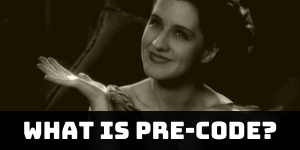
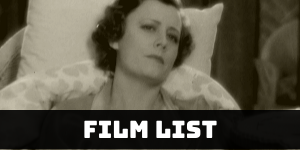








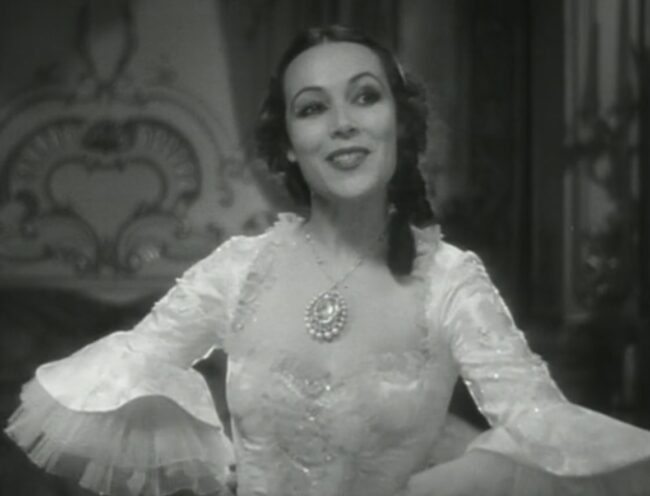

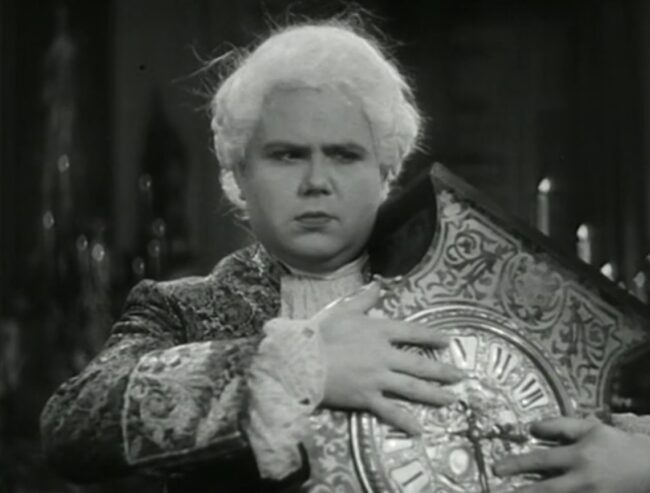

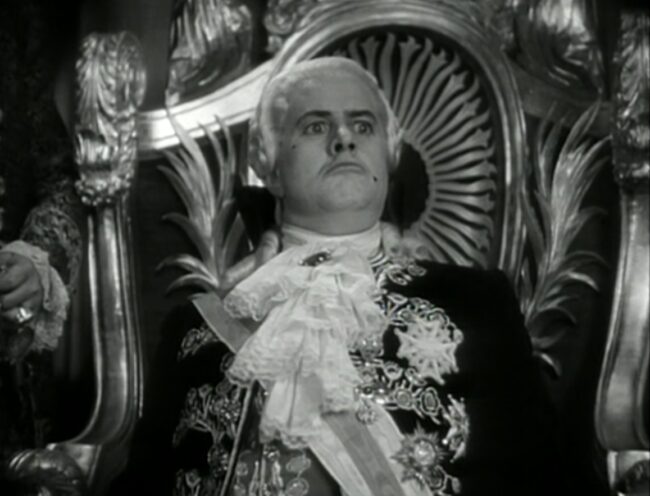



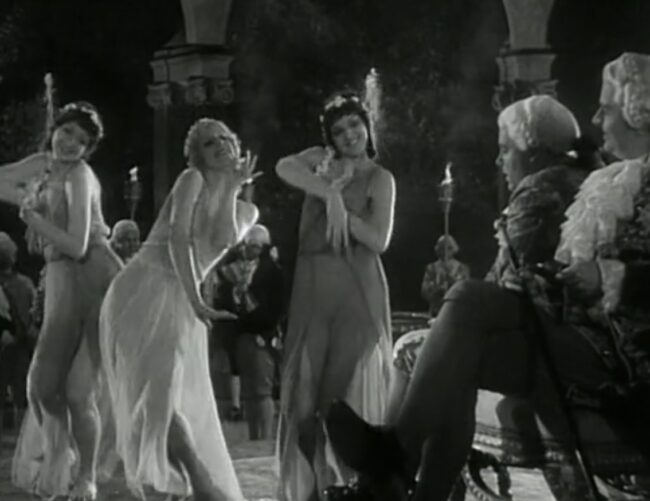

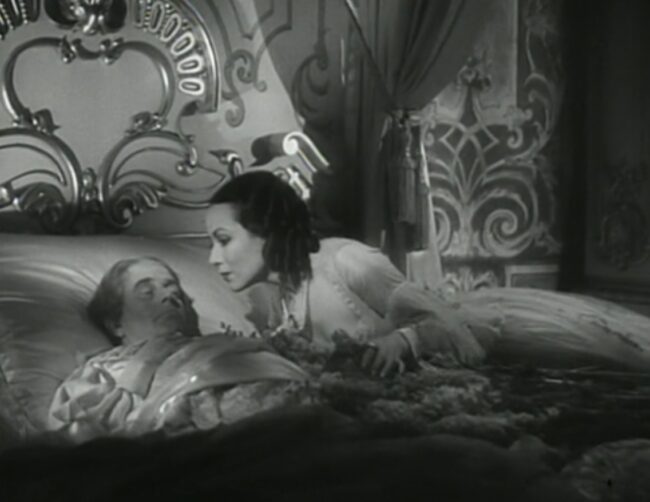









1 Comment
bob jones · August 30, 2020 at 7:11 am
The reason it looks pre-code is because much of it was filmed before July, 1934.
Comments are closed.